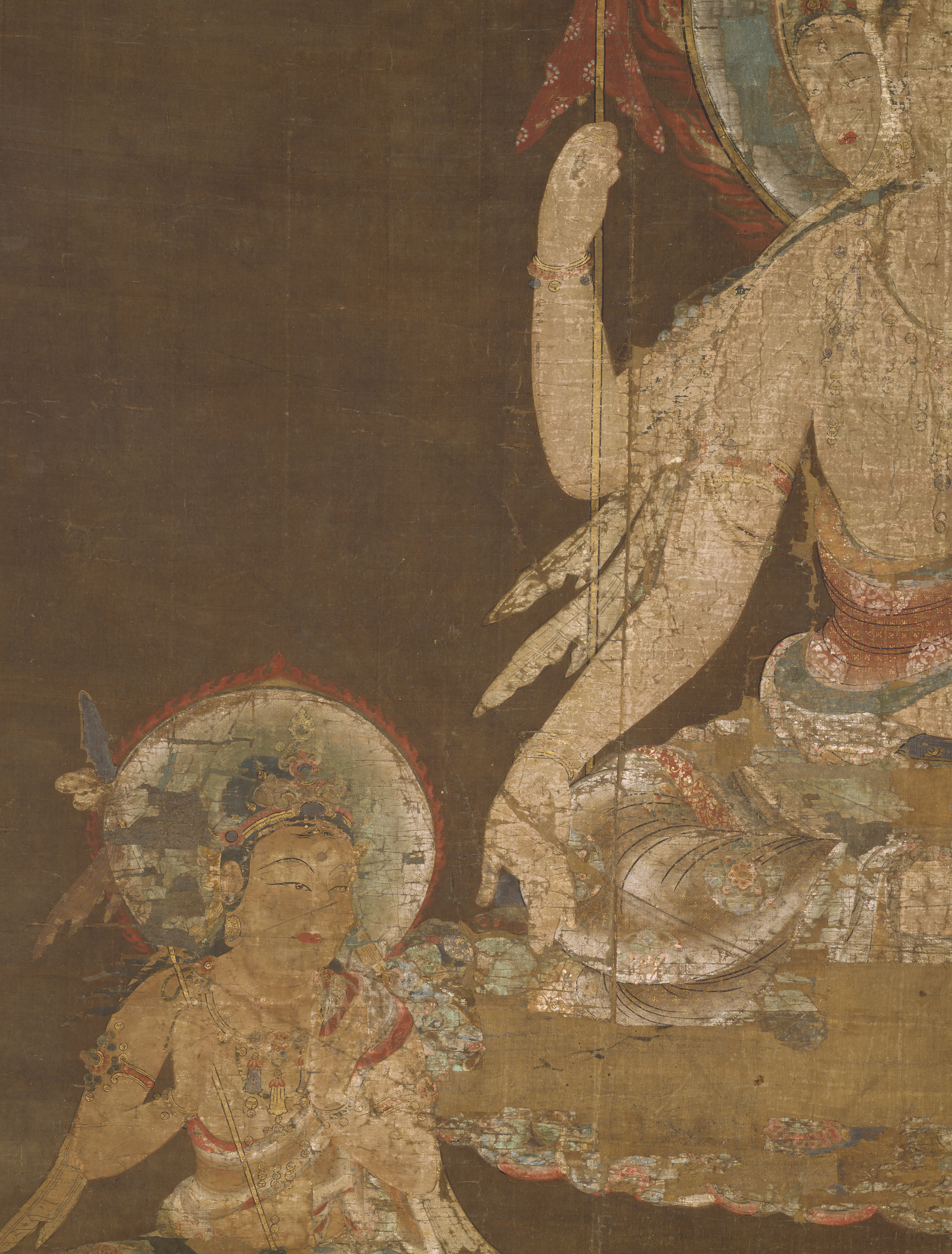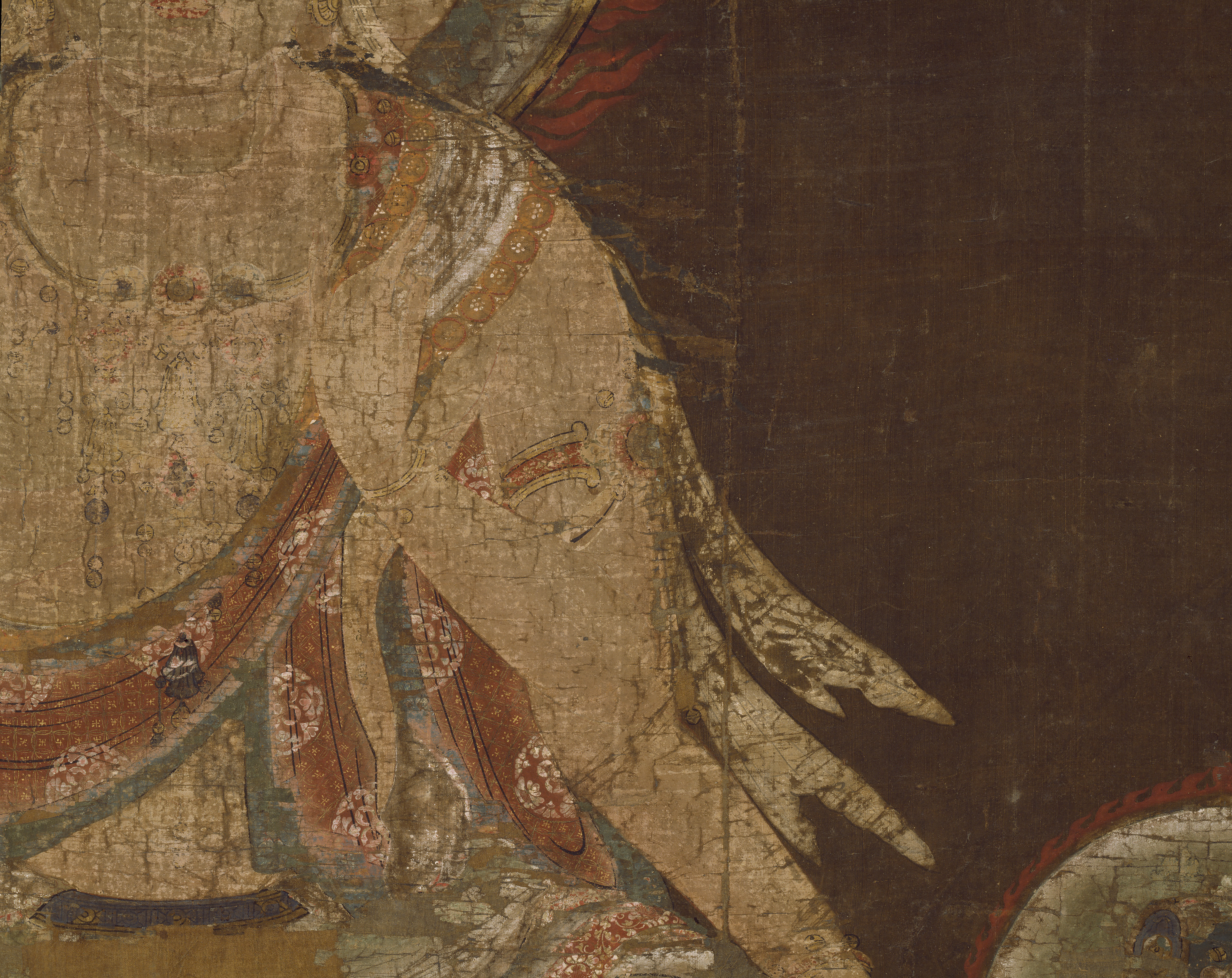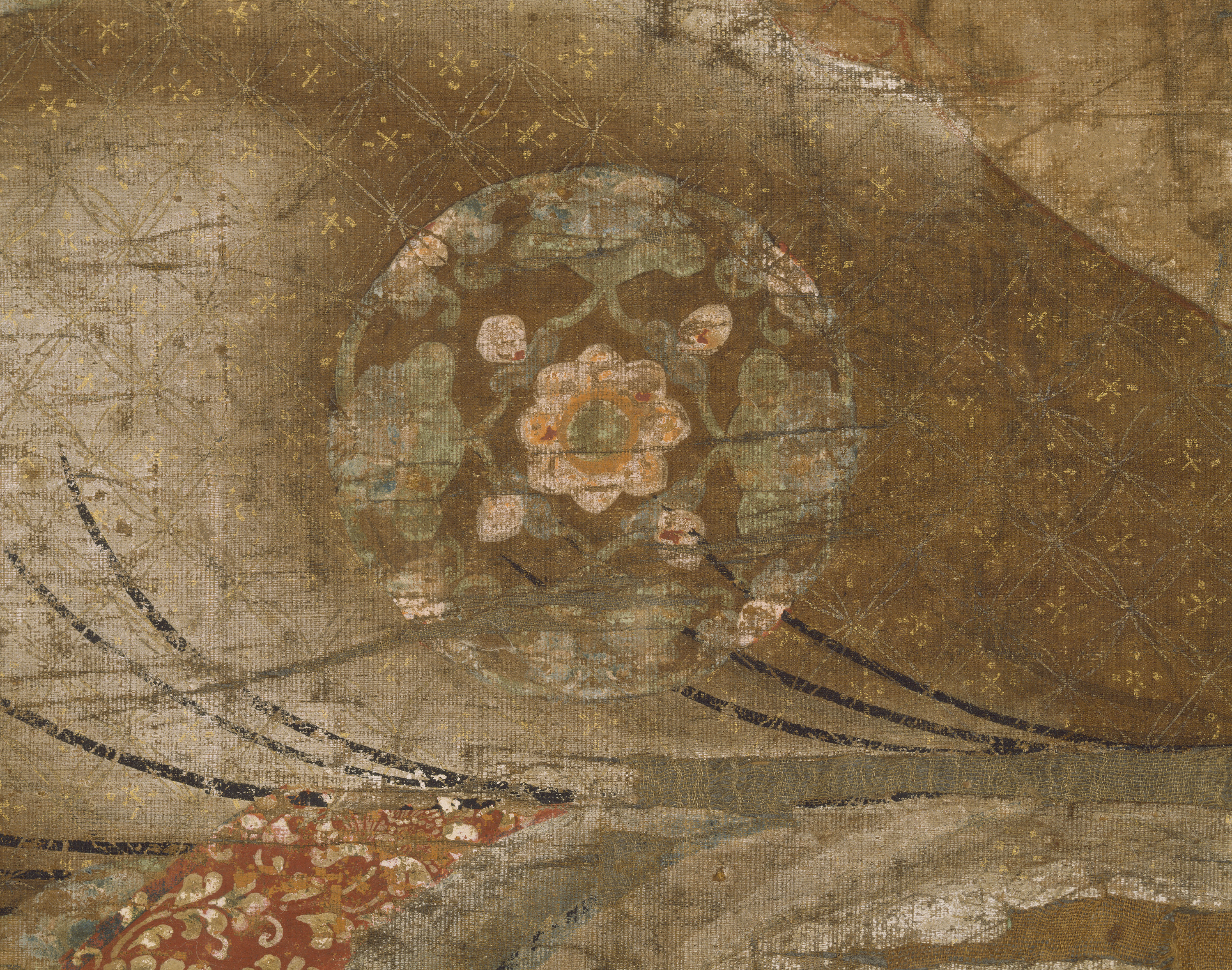- TOP
- Bon-ten (Brahman)
Overview
National Treasure
Bon-ten (Brahman)
- Museum No.
- AK283-11
Showing 1-6 of 4
| Title | Bon-ten (Brahman) |
|---|---|
| Designation | National Treasure |
| Artist | |
| Category | Painting(A), Buddhist Painting, Esoteric Buddhist Painting |
| Country | Japan |
| Period | Heian Late |
| Century | 12th |
| Year | 1127 |
| Quantity | |
| Materials | |
| Dimensions | Height 144cm Width 127cm |
| Inscription by | |
| Signature/Seals Etc | |
| Donor |
Included Works
 Twelve Devas
Twelve Devas
AK283 Gatten (Candra)
Gatten (Candra)
AK283-1 Nitten (Surya)
Nitten (Surya)
AK283-2 Fu-ten (Vayu)
Fu-ten (Vayu)
AK283-3 Sui-ten (Varuna)
Sui-ten (Varuna)
AK283-4 Rasatsuten (Saksasa, Nairrti)
Rasatsuten (Saksasa, Nairrti)
AK283-5 Enma-ten (Yama)
Enma-ten (Yama)
AK283-6 Ka-ten (Agni)
Ka-ten (Agni)
AK283-7 Taishaku-ten (Indra)
Taishaku-ten (Indra)
AK283-8 Ishana-ten (Isana)
Ishana-ten (Isana)
AK283-9 Bishamon-ten (Vaisravana)
Bishamon-ten (Vaisravana)
AK283-10 Ji-ten (Prthivi)
Ji-ten (Prthivi)
AK283-12
This object may be one within a set or the title of a set. To see all objects in the set, perform a Category Search by the Museum Number below, entering numerals only before the hyphen.













The Twelve Devas, formerly owned by the temple, Tô-ji (also known as Kyôôgokoku-ji), were painted in 1127 (Daiji 2). Of the twelve in hanging scroll format, however, the paintings of Bonten (Skt., Brahman) and Fûten (Skt., Vayu) are expressed much more elaborately and are larger in scale. One theory suggests that these two are earlier works, painted in 1040 (Chôkyû 1), which escaped a fire that destroyed the rest of the original 1040 set. A more persuasive interpetation suggests that the differences derive from the individual styles of two different painters of the early 12th century.
Japan-Heian-Late